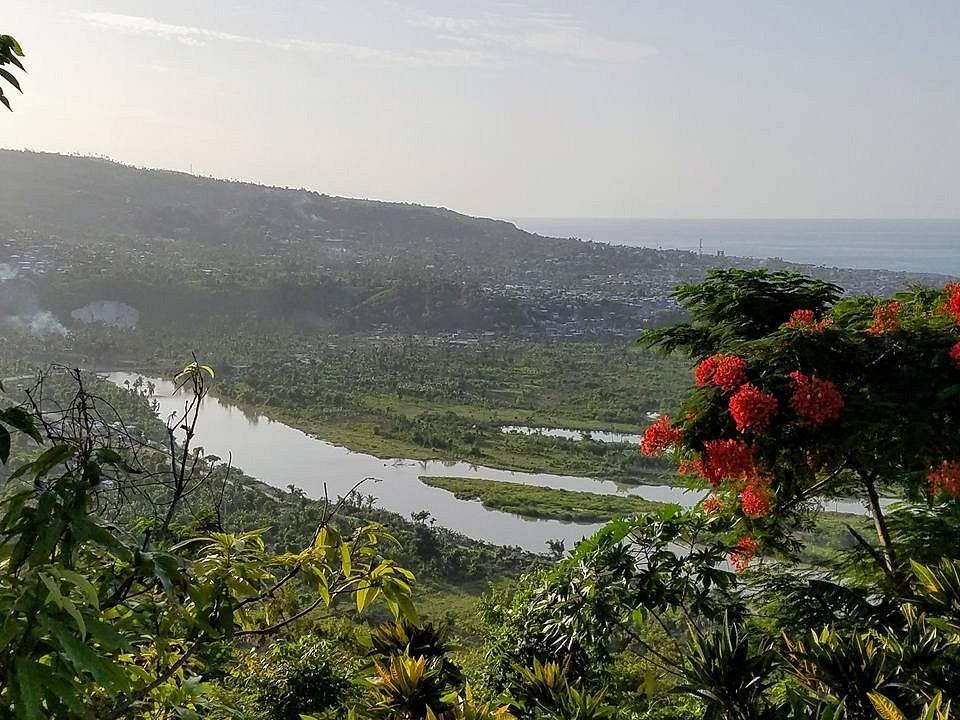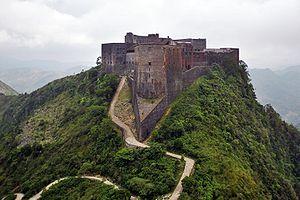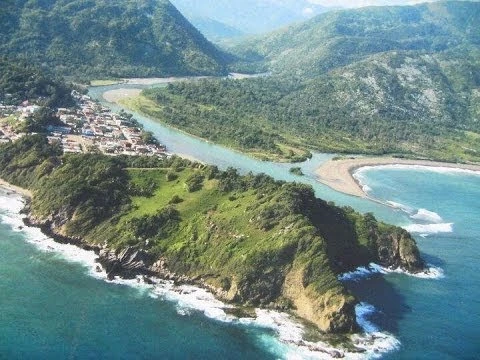Jérémie: A Journey through Haiti’s History
- Foundation and History of Jérémie: A Narrative Full of Events
Discover the fascinating history of Jérémie, founded by the French, captured by the English, and eventually handed over to the valiant Toussaint Louverture by General Maitland.
The Majesty of Jérémie: Nestled Between Hills and Beaches
Jérémie rises beautifully between the hills of Bordes, Rochasse, and Caracol, offering a breathtaking landscape with iconic beaches like Anse-d’Azur, Gommier, and Guinaudée.
A Literary Cradle: Eminent Writers of Jérémie
Explore the literary legacy of Jérémie by delving into the illustrious names of Haitian writers such as Emile Olivier, Edmond la Forest, Emile Roumer, René Philoctère, Jean-Richard Laforest, and Thomas Alexandre Dumas, who have shaped the city’s cultural identity.
- A Rich and Captivating History
Jérémie holds a special place in Haiti’s history, with its past reflecting the struggles and victories that shaped the nation. Founded in 1756 on a fishing village, the city gets its name from a fisherman named Trou Jérémie. Over time, Jérémie became a hub of maroon activity, with famous band leaders Plymouth and Macaya resisting colonizers in the western part of the country and lending their names to nearby mountains.
The region also saw the birth of Alexandre Davy de la Pailleterie in 1762, who later became famous as Alexandre Dumas father. The author of “The Three Musketeers” and “The Count of Monte Cristo” is a proud representative of Jérémie, and the remains of his birthplace, the Habitation Davy de La Pailleterie, still stand as a testament to the city’s literary heritage.
- The Wealth of Heritage
Among the sights to discover in Jérémie, Fort Télémaque unveils itself to visitors. Built after independence to protect Haiti from a potential return of the French, it is accessible from Rue Sainte-Hélène. Despite some ruins, the fort recalls the tumultuous history of the country and prompts reflection on the challenges it has faced.
A Must-See:
Saint-Louis, Roi de France Church: This place of interest draws attention with its remarkable architecture. Nearby, the Ti-Amélie Fountain in Alexandre Dumas Square is currently undergoing renovation. This square, erected in the 19th century, will soon regain its former splendor.
Lacewood architecture of houses on Rue Saint-Léger-Pierre-Jean-Louis: The red and green wooden buildings adorned with lace-like wooden ornaments stand as a testament to a rich and intriguing architectural past, despite their decay due to a fire.
Jérémie: A City of Culture and Poetry
- A Place of History and Art
Jérémie is much more than a tourist destination. It is a place steeped in history, art, and culture. The renowned writers it has produced bear witness to its commitment to literature and poetry. While strolling through its picturesque alleys, admiring its charming old houses, and exploring its historic sites, visitors are invited to immerse themselves in a captivating world and let their imagination roam.
- Inspiration from Beaches and Tranquil Streets
The beauty of the surrounding beaches and the tranquility that emanates from its streets make it a place conducive to reflection and inspiration. Jérémie encourages daydreaming, creation, and the discovery of a remarkable literary heritage.
- Pride in History, Heritage, and Culture
When visiting Jérémie, you can feel the pride of its residents in their history, heritage, and culture. It’s a pride that is shared with those who have the opportunity to absorb the poetic soul of this unique city.
Photos of Jérémie:
The beaches of Anse-d’Azur, Gommier, and Guinaudée, symbols of Jérémie’s natural beauty
The remnants of Fort Télémaque, a testament to the region’s eventful historical past
Saint-Louis, Roi de France Church, an architectural gem of the city
The lacewood houses of Rue Saint-Léger-Pierre-Jean-Louis, an architectural heritage to preserve












